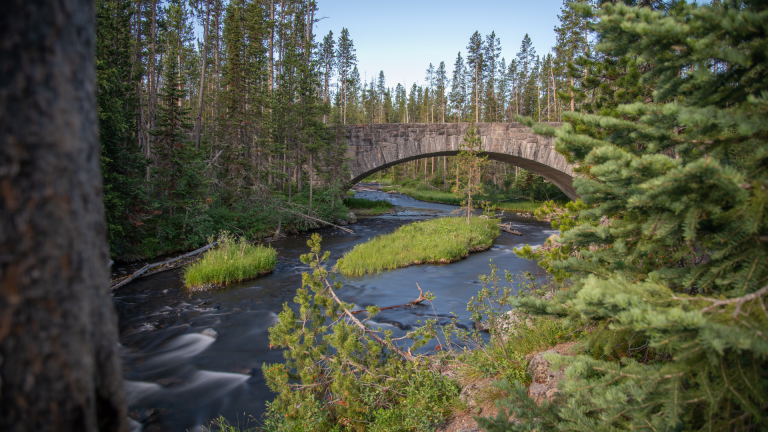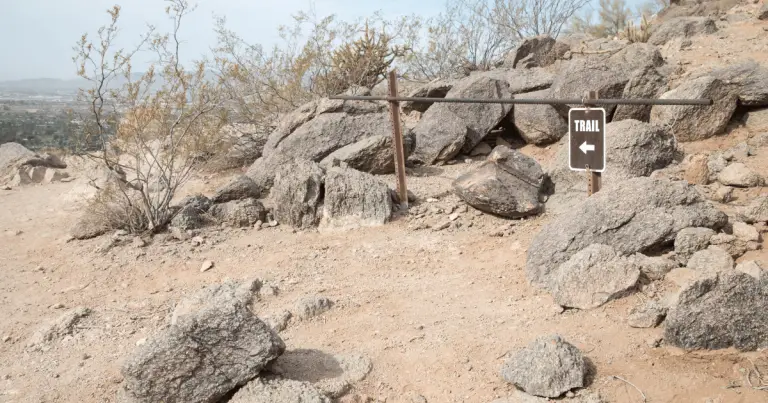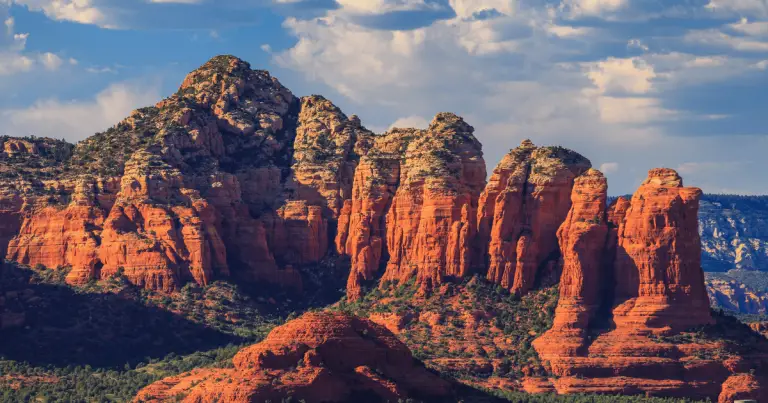Discovering the Depths: Crystal River Cave Guide
Crystal River caves are undeniably one of the world’s most beautiful and unique geological wonders. The spectacular beauty of these caves lies in the intricate formations of stalactites, stalagmites, and crystals that adorn the cave walls. They are an absolute must-visit destination for anyone seeking an unforgettable adventure.
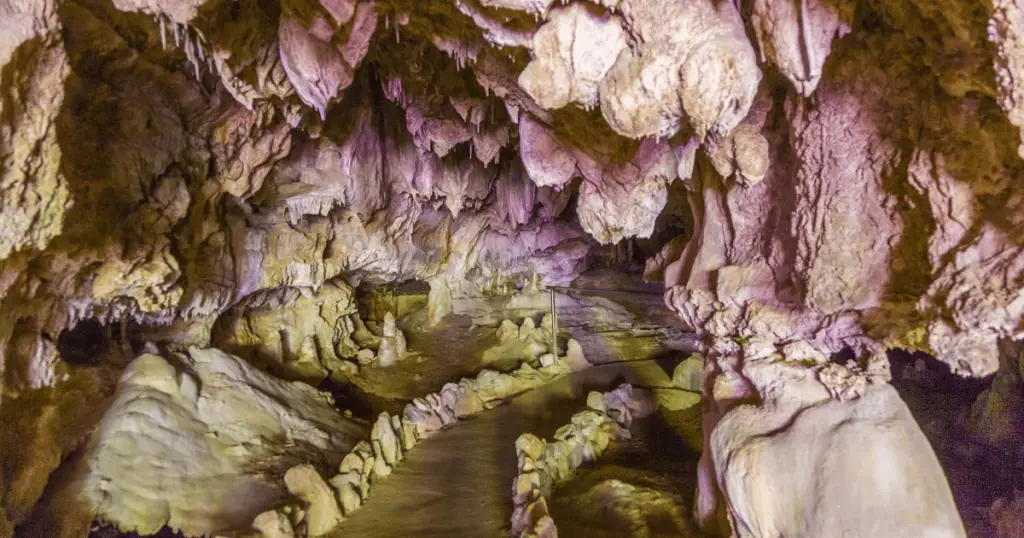
Crystal River Cave Overview
The Crystal River Cave is a subterranean marvel, a geological wonder that stretches out over an impressive scope. The cave’s interior is a labyrinth of chambers and corridors, a sprawling network that plunges into an estimated depth of 200 feet.
The defining feature of the Crystal River Cave is, undoubtedly, its breathtaking crystal formations. Stalactites and stalagmites, composed of sparkling gypsum and calcite, punctuate the cave’s walls and ceilings. These mineral formations have been shaped over centuries by the slow drip of water, resulting in intricate patterns and textures that glisten in the cave’s dim light.
One unique feature of the Crystal River Cave is its ‘Crystal River’. This subterranean waterway, from which the cave derives its name, is a rare spectacle. The clear, serene water reflects the glow of the crystals, creating an ethereal light show that is a sight to behold.
The cave also houses a diverse array of cave-dwelling fauna. Microscopic organisms known as troglobites, bats, and several species of blind fish call this cave their home, adding to the cave’s ecological importance.
In size, the Crystal River Cave is expansive. While the exact dimensions are hard to establish due to its complex structure, it is estimated that the cave extends several miles beneath the earth’s surface.
All these factors come together to make Crystal River Cave a unique geological showcase, a testament to the slow, relentless forces of nature that operate beneath our feet. It’s more than just a cave—it’s a journey into Earth’s past, a trip into a world that time forgot.

Subterranean Ecosystems: A Closer Look
The Crystal River Cave is not only a geological masterpiece but also a vibrant, thriving ecosystem. The utter darkness and constant temperatures of the cave environment have given rise to a unique range of organisms adapted to subterranean life. These organisms, known as troglobites, find caves to be their exclusive habitat.
Among the most fascinating of these creatures are the blind cave fish. These fish have evolved over thousands of years to survive in the cave’s lightless environment. Having no need for vision, these species have lost their eyes entirely over time, relying on heightened senses of touch and smell to navigate their murky home.
The bat population in the Crystal River Cave also contributes significantly to the cave’s unique ecology. Known as chiroptera, these creatures use echolocation to navigate in the darkness, bouncing sound waves off their surroundings to form a sonic map of the cave. Their droppings, known as guano, provide a rich source of nutrients for other cave dwellers, forging an intricate food web in the dark.
Lastly, microscopic troglobites play a critical role in the cave’s ecosystem. These tiny organisms break down organic material and recycle nutrients, maintaining the cave’s delicate ecological balance.
Crystal River Cave Formations and Marvels
One of the most striking features of the Crystal River Cave is its profusion of stalactites, stalagmites, and columns. These dazzling structures, created through the patient work of nature, are a testament to the fluidity and dynamism of the earth’s processes.
Stalactites, hanging like chandeliers from the cave’s ceiling, are formed through the slow deposition of minerals from the water that drips from the ceiling. Each droplet, saturated with minerals like calcite and gypsum, leaves a tiny deposit when it evaporates. Over time, these minute deposits accumulate, slowly extending the stalactite from the roof towards the floor.

Stalagmites, the ground-dwelling counterpart of stalactites, are built in much the same way. They grow upwards, as the mineral-laden water drips from the stalactites above and deposits its mineral load on the cave’s floor. The repeating cycle of drip, deposit, and evaporation gradually constructs the stalagmite, a monolithic structure reaching upwards in the cave’s still air.
When stalactites and stalagmites grow long enough to meet each other, they form a column. This spectacular event marks the culmination of a process that can take thousands, or even tens of thousands of years.
Each of these formations – stalactites, stalagmites, and columns – offers a tangible connection to the vast scales of geological time. As you explore the Crystal River Cave and marvel at these natural wonders, you are witnessing a process that started long before humans walked the earth and will continue long after our time has passed.
Caving for Beginners: Tips and Tricks
Exploring caves, or ‘caving’, is an adventurous and potentially challenging activity that requires preparation, caution, and respect for the natural environment. Here are some essential tips and tricks for first-time cave explorers.
Safety First
- Never Go Alone – Always go caving with a group and informed someone outside the group of your plans and expected return time.
- Learn Basic Cave Navigation – Understanding the basics of cave navigation, including recognizing landmarks and using a compass, is vital.
- Take a Cave Tour First – Join a guided tour for your first few trips. Guides can provide valuable insights into the cave’s features and safety considerations.
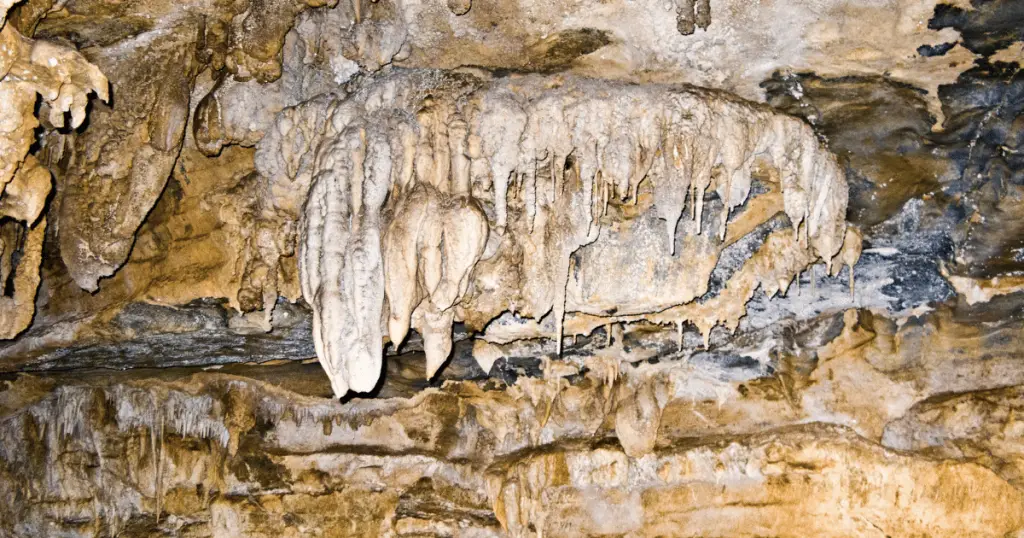
Gear and Equipment
- Helmet – A helmet with a chin strap is essential. It provides protection from low ceilings and falling rocks.
- Headlamp – A reliable, waterproof headlamp allows hands-free navigation and provides a steady light source.
- Backup Lighting – Always bring an extra flashlight and batteries. It’s crucial to have a backup in case your primary light source fails.
- Gloves – Durable, thick gloves protect your hands from sharp rocks and cold temperatures.
- Sturdy Footwear – Waterproof boots with non-slip soles are vital for negotiating slippery surfaces.
- Warm Clothing – Even if it’s warm outside, caves can be very cold. Dress in layers to keep warm.
- Food and Water – Bring sufficient snacks and water for the duration of your cave exploration.
Remember, each cave is a unique ecosystem that needs to be respected and preserved. Always follow the cave explorer’s motto: “Take nothing but pictures, leave nothing but footprints.” Enjoy the otherworldly beauty of caves, but always prioritize safety and preservation.
Conclusion: Crystal River Cave
Caving, or spelunking, is an experience that transports you to a world that is starkly different from our familiar surroundings. The Crystal River Cave, with its unique ecosystem and mesmerizing stalactites, stalagmites, and columns, offers a glimpse into this unseen world.
The experience is not just about the thrill of exploration, but also about understanding the intricacies of subterranean ecosystems and the awe-inspiring processes of geological formation that play out over millennia.
As a cave explorer, it is crucial to respect these delicate systems, ensuring that our adventures do not disturb the balance of these ecosystems. To sum up, caving offers an adventurous journey into the heart of the Earth, while simultaneously reminding us of our responsibility towards preserving these natural wonders for future generations.

